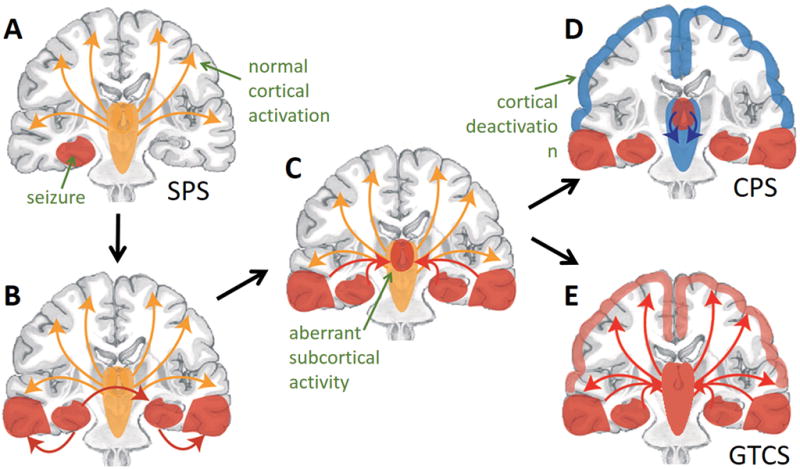Figure 5. The network inhibition hypothesis of neocortical depression during focal consciousness-impairing seizures.

A) In this model, small simple partial seizures (SPS) do not interfere with normal cortical activation, and do not impair consciousness. B,C) However, seizure activity often propagates out of the mesial temporal lobe (B) and begins to involve subcortical activating structures (C). D) Aberrant subcortical activity may lead to diminished cortical activation and thus impairment of consciousness during complex-partial seizures (CPS). E) However, if seizure activity propagates further to widespread neocortical regions, this may lead to a secondarily-generalized tonic-clonic seizures (GTCS, which is also associated with impaired consciousness. Modified with permission from Englot and Blumenfeld, 2009.78
